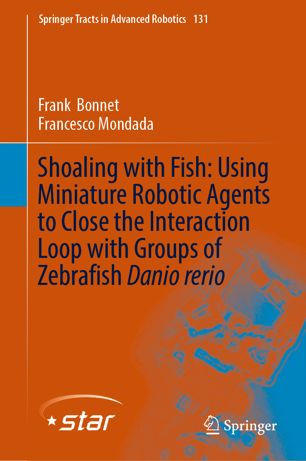

Most ebook files are in PDF format, so you can easily read them using various software such as Foxit Reader or directly on the Google Chrome browser.
Some ebook files are released by publishers in other formats such as .awz, .mobi, .epub, .fb2, etc. You may need to install specific software to read these formats on mobile/PC, such as Calibre.
Please read the tutorial at this link: https://ebookbell.com/faq
We offer FREE conversion to the popular formats you request; however, this may take some time. Therefore, right after payment, please email us, and we will try to provide the service as quickly as possible.
For some exceptional file formats or broken links (if any), please refrain from opening any disputes. Instead, email us first, and we will try to assist within a maximum of 6 hours.
EbookBell Team

0.0
0 reviewsRobotic animals are nowadays developed for various types of research, such as bio-inspired robotics, biomimetics and animal behavior studies. More specifically, in the case of collective animal behavior research, the robotic device can interact with animals by generating and exploiting signals relevant for social behavior. Once perceived by the animal society as conspecific, these robots can become powerful tools to study the animal behaviors, as they can at the same time monitor the changes in behavior and influence the collective choices of the animal society.
In this book, we present novel robotized tools that can integrate shoals of fish in order to study their collective behaviors. We used the current state of the art on the zebrafish social behavior to define the specifications of the robots, and we performed stimuli analysis to improve their developments. Bio-inspired controllers were designed based on data extracted from experiments with zebrafish for the robots to mimic the zebrafish locomotion underwater.
Experiments involving mixed groups of fish and robots qualified the robotic system to be integrated among a zebrafish shoal and to be able to influence the collective decisions of the fish. These results are very promising for the field of animal-robot interaction studies, as we showed the effect of the robots in long-duration experiments and repetitively, with the same order of response from the animals.